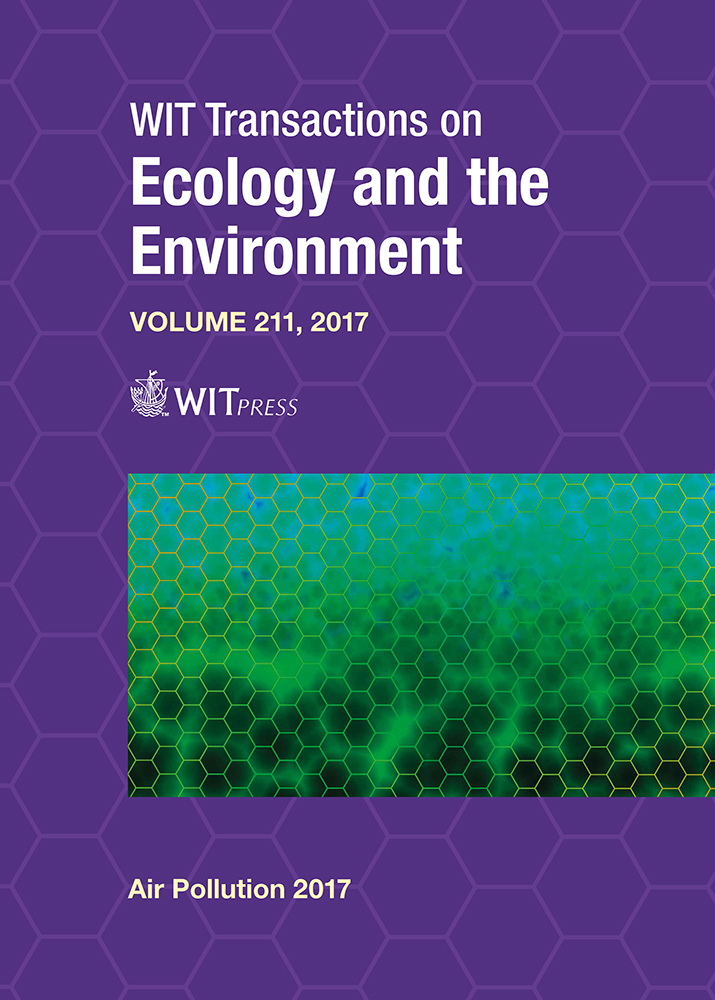VISIBILITY ESTIMATES FROM ATMOSPHERIC AND RADIOMETRIC VARIABLES USING ARTIFICIAL NEURAL NETWORKS
Price
Free (open access)
Transaction
Volume
211
Pages
8
Page Range
129 - 136
Published
2017
Size
2,730 kb
Paper DOI
10.2495/AIR170131
Copyright
WIT Press
Author(s)
GABRIEL LÓPEZ, JUAN LUIS BOSCH, INMACULADA PULIDO-CALVO, CHRISTIAN A. GUEYMARD
Abstract
Visibility is traditionally needed for air quality monitoring or air traffic control, and has become a key input to determine the transmission losses of solar radiation propagating between heliostats and the receiver of solar tower power (STP) plants. Recent studies suggest that haze can reduce visibility and increase these losses up to 25% compared to clear conditions. Monitoring visibility would thus be needed for proper design and operation of STPs, but this is usually not done at all potential sites. Here, visibility’s magnitude and variability are analyzed in terms of more common atmospheric variables: temperature, humidity, pressure, wind speed and precipitable water. To that effect, 1-min observations from a visibility meter located in Huelva (southwestern Spain) are analyzed over a 2-month period. Relative humidity is linearly correlated with visibility and explains 40% of its variability. This correlation is strongest under cloudless and daytime conditions. Using standard statistical techniques, no significant correlation is found between visibility and other atmospheric variables. Artificial neural networks (ANN) are thus investigated here for mapping the complex and non-linear relationships between visibility and multiple atmospheric inputs. This improves results significantly, increasing the explained visibility variability up to 72% and reducing RMSE from 40% to 30%. Moderate improvements in visibility estimation are further obtained when radiometric information (direct and diffuse solar irradiances) are added as ANN predictors. These findings show that visibility can be estimated from local atmospheric and radiometric observations using ANN, despite the complex and non-linear relationships between them.
Keywords
visibility, atmospheric and radiometric variables, modeling, artificial neural networks





